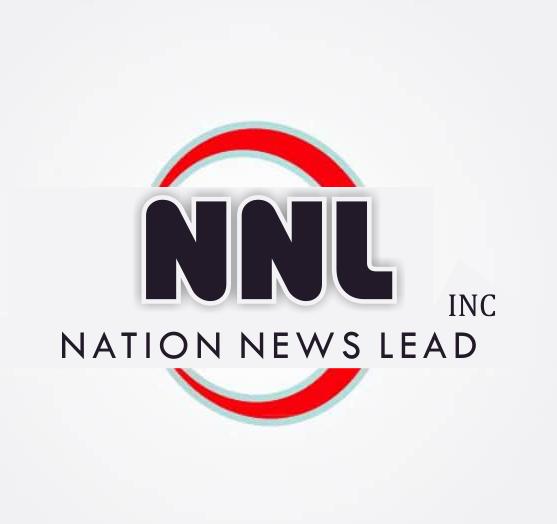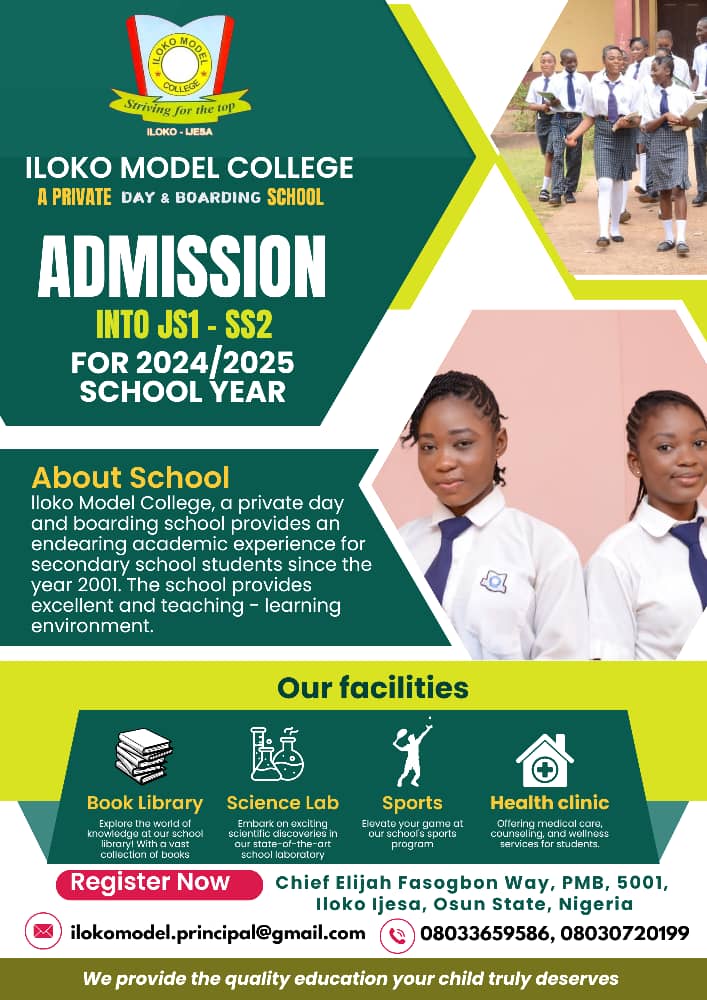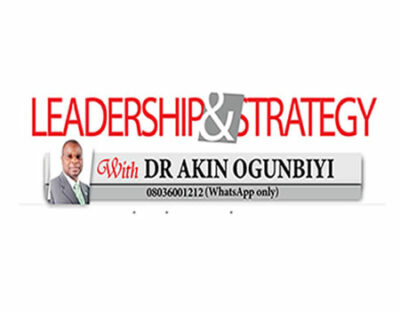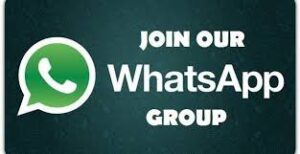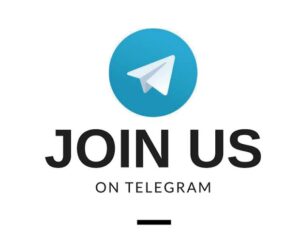Dale Carnegie, a renowned human resources and performance expert, predicted some years ago that the survival of companies will depend not on the usual factors for success but the intrinsic or innate ones.
He pointed out that a profound cultural transformation will be needed to lead the human resource to optimize output because there will be a need to “think quicker, work smarter, dream wilder and relate collaboratively.”
Leaders on the other hand, will have to communicate and motivate far more effectively and mine every ounce of talent and creativity that their organisations possess, “from the shop floor to the executive suite.” In other words, intrinsic and innate values will play very critical roles in competitive advantage.
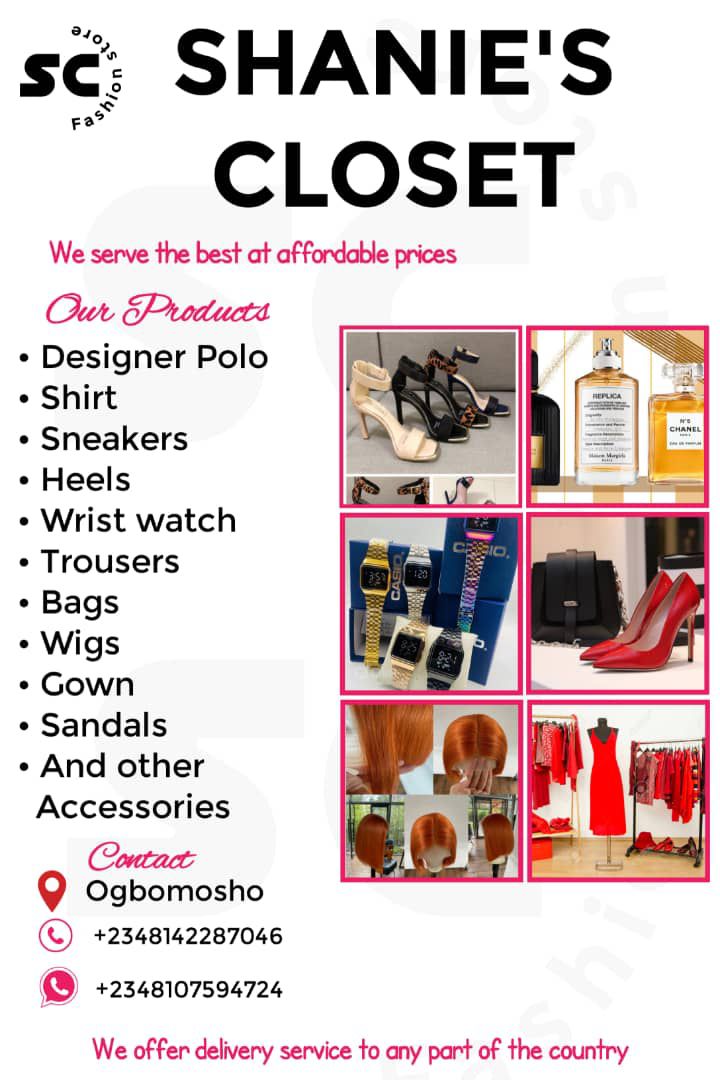
There are two sides to determining competitive advantage namely; the vertical and the horizontal chains of business systems.
The vertical chain consists of economies of scale, design, technology, variety or range of products or services, sales force (quantitatively and qualitatively), ease of distribution and after sales services. These are usually described as the key factors of success (KFS).
The horizontal chain is made up of innate or proprietary values. Competition can copy products or even hire human resources with higher wages but intrinsic capability cannot be separated or “stolen” from the company. You have proprietary knowledge and ownership of it. It is your DNA.
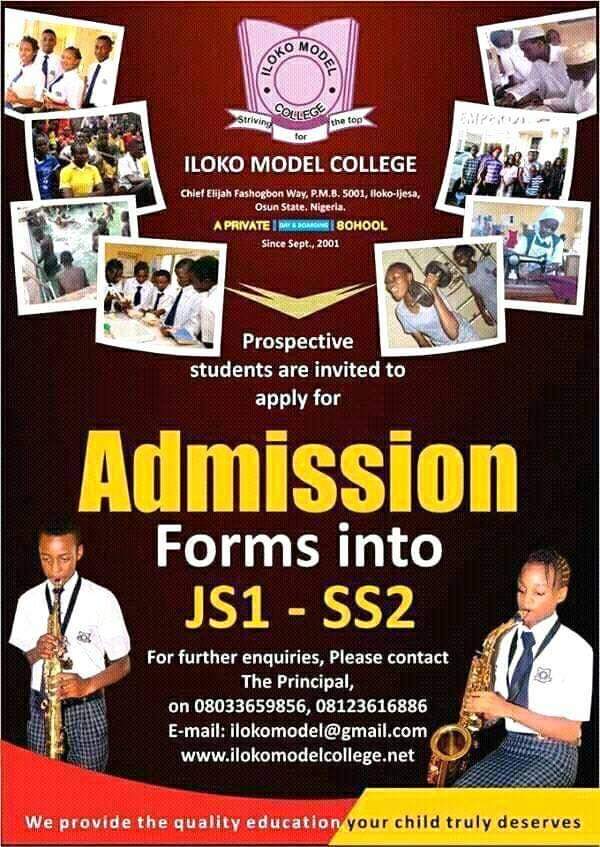
Experts have appropriately described this intrinsic capability as the “moat”. The MOAT is an aspect of business activities which makes it more “defensible” and protected from competitors, because of its unique and intrinsic attributes. Niche and premium products or services are the complimentary fruits of MOAT.
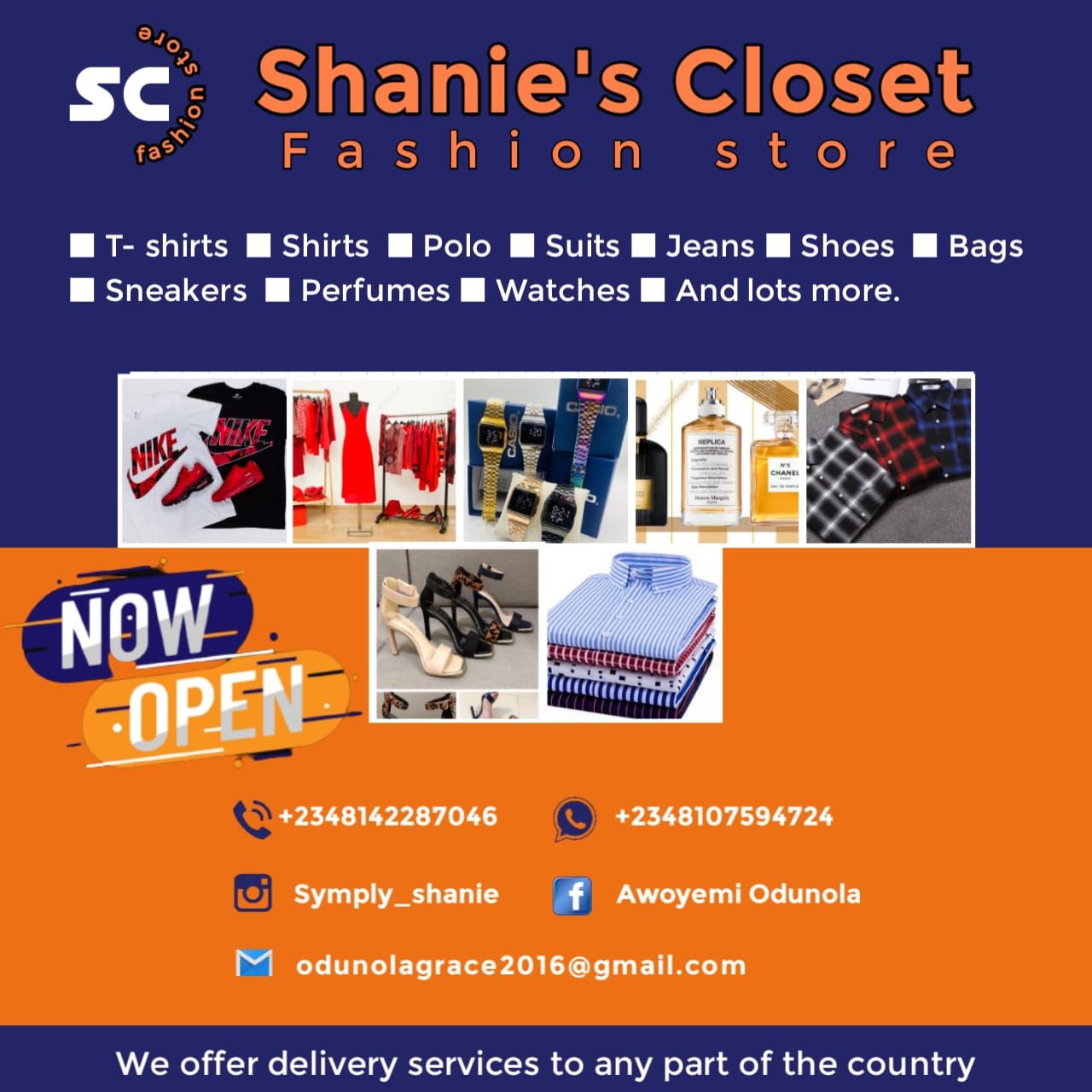
The MOAT separates the company from others, gives it protection and makes it defensible. The MOAT enables individual companies to sustain high profit margins and also dominate their areas of operation.
For instance, a company like Apple leads its rivals with innovative technology, functional and user-friendly products. Its brand story thrives on honesty and transparency. The company, according to feedbacks, is trusted by its customers for its integrity and talent as well as its creative distinction.
With the permission of readers, I will like to dwell a little bit deep into the MOAT of a Nigerian wholly indigenous financial services company with independent affiliates in Liberia and the Niger Republic.
Mutual Benefits has an organizational construct and capability that is regularly improved upon with innovation by “casting votes” on habits and beliefs in order to constantly draw out evidences of genuineness. We always want to be sure of the genuineness and essence of the choices our associates (or employees) make on a daily basis. Our identity must adequately and fully represent the story we are telling everyday with our services. Are the hands, legs and hearts aligned to regularly deliver superior service? Do our values guide the behaviours and collective know-how that are key to our success?
Three of the many ways through which the above perspective is achieved are the weekly strategy session, the annual Thanksgiving Service and the Group Chairman’s one-on-one message to every member of staff at the beginning of each year.
All stakeholders including suppliers, representatives of the regulatory bodies, associates/employees and other stakeholders are invited to this key event, the Annual Thanksgiving Service, on a date which has now become institutionalized.
In an atmosphere of conviviality, the company gets very valuable feedbacks. Genuine appreciation is given to individual associates and their families. Very important announcements are made to enable every stakeholder be on the same page in terms of strategic and very useful information. The outlook for the year is appropriately outlined and discussed and then, collective endorsement is received.
The Monday weekly strategy sessions are used to lay out, discuss and achieve closure on continuous thought-experiments. These sessions analyse operational decisions in order to gauge effectiveness and consistency. Also, success of strategy plans is measured and rated. Other things that come under focus-lights include: personnel, processes and systems support as well as business and organizational goals.
Group Chairman’s personalized message to employees is novel in its essence. It shows genuine appreciation, respect and encouragement to individual staff members. It addresses them directly as critical stakeholders and valued members of the team. Also, their families are appreciated for providing the much-needed support. This year’s message for instance, specifically singled out each individual for well-deserved appreciation “for your valued ideas, industry and innovation.”
There is one thing that is fundamental and a fall-out of the horizontal chain. It is the balanced score card. A breakdown of this includes; above and beyond expectations from leaders and associates, how well-engaged the associates or employees are, customer satisfaction, quality outcomes, highest performance, innovation and growth as well as financial performance.
A healthy culture must deliver the best. Everybody must be aligned. What the company is good at by way of capability must be fully released and tapped for benefits as well as profitability. There must be harmony. Every stakeholder must cooperate with each other and work in conjunction with each other. Not competing with each other.
As said earlier, intrinsic values just like the “patent” is critical to progress. It enhances value to customers while at the same time reducing costs for both.
It must be “exploited” so efficiently that others cannot horn on its core business values. It must be continuously enhanced so it does not become static otherwise it will stop playing its crucial role in growing competitive advantage.
It deepens as well as broadens advantages. It progressively strengthens the differentiating mechanism and thereby blocks replication or imitation by competitors. Factors that strengthen it include, among others, information from internal operations and feedbacks from customers.
The good thing about MOAT is that you must press forward and upwards where you have differentiating advantages. Competitors must not duplicate it for the advantage to be sustained. Also, competition must not duplicate the “resources” underlying it. A take-out from MOAT is that you can turn critical asymmetries into important highly beneficial advantages.
Other characteristics of this proprietary advantage include reputations, social relationships and the dramatic network effects and economies of scale that can be derived from vibrant customer groups. Another feature is unique and valuable skills gained through experience. Companies that want to thrive always and have superior competitive advantage, must always be at their creative best and fully develop unique endowments and talents.
Let me conclude by briefly discussing the formation of value-delivering teams.
Quoting Dale Carnegie again, you do not simply “throw individuals together, even a few talented individuals together and expect them to perform brilliantly.” Effective teamwork does not happen by magic. It takes a cooperative group of players and a talented coach.
Teams, he adds, must work beyond their disciplines, outside their cultures, above and below their positions and responsibilities. They must also collaborate across departments, divisions and functions.
For a team to be an effective one, it must create a shared sense of purpose. Goals must be team goals. Individuality does not operate in a team but individual members of the team must be treated with respect. There must be collective responsibility for outcomes.
Also, the mirror and window model must always apply. Appreciation must be shared with team members and the leader must look at himself in the mirror whenever there are problems with outcomes. Team members must be motivated to be involved and remain involved.
The leader of a team must always and truly appreciate and respect members of his team. That, indeed, is the bedrock of motivation. You must be responsible for those that have been put under your stewardship. You must take care of them and show empathy always. An expert advised team leaders “to be responsible for the people who are responsible for the people, who are responsible for the customers.”
Simon Sinek in his book, Mindset Moments, disclosed that effective teams are not necessarily built around the skilled and physically endowed. He said that “those who dig down to find the energy to help the person next to them notwithstanding the fact that they are emotionally and physically exhausted, succeed in effective teams.”
He added that services given to another or having each other’s back are the stellar qualities of effective team members. He noted that those that “have the backs of their partners make the highest performing teams in the world, not strength, not intelligence.” Team members must always be willing to be there for each other.
READ FROM ALSO NIGERIAN TRIBUNE
